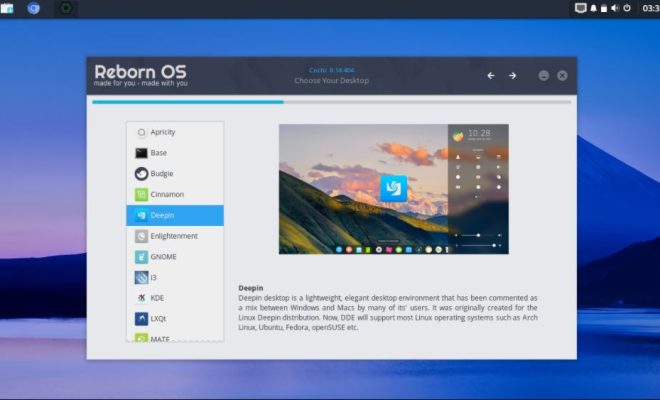Manjaro vs. Antergos: An Arch-based Distro Showdown

Manjaro and Antergos are two popular Linux distributions based on Arch Linux, known for their bleeding-edge packages and rolling release model. While both offer a user-friendly experience, they have distinct features and target different audiences.

Manjaro:

- Beginner-centric: Manjaro has a user-friendly installer, preconfigured desktop environments, and an extensive documentation and support system. It aims to make Arch Linux accessible to users of all levels, including beginners.
- Stable base: Manjaro uses a stable branch of Arch packages, providing greater system stability compared to Antergos. Users benefit from the latest software while minimizing the risk of breaking changes.
- Official editions: Manjaro offers various official editions tailored to different user needs, such as Xfce, KDE Plasma, and GNOME. This allows users to choose the desktop environment that best suits their preferences.
Antergos:
- Focused on Arch: Antergos provides a more pure Arch experience. It has fewer pre-installed applications and a focus on customization and flexibility.
- Rolling release: Antergos uses the latest Arch packages, ensuring users have access to the newest software as soon as it becomes available.
- TUI installer: Antergos has a command-line text user interface (TUI) installer. While less user-friendly than graphical installers, it offers greater flexibility and control.
Target Audience:
- Manjaro: Beginners, casual users, and Arch enthusiasts seeking stability and ease of use.
- Antergos: Advanced Linux users, experienced Arch users, and those desiring a customizable and bleeding-edge system.
Similarities:
- Arch-based: Both distributions are built on the Arch Linux base, inheriting its rolling release model and extensive package repository.
- Pacman package manager: They use the Pacman package manager for installing, updating, and removing software.
- AUR support: Both Manjaro and Antergos have access to the Arch User Repository (AUR), a vast collection of community-maintained packages.
Conclusion:
Manjaro and Antergos cater to different audiences with their unique strengths. Manjaro prioritizes stability and user-friendliness, making it suitable for beginners and those seeking a more polished Arch experience. Antergos, on the other hand, emphasizes customization and the latest software, appealing to experienced Arch users and those demanding greater control. The choice between the two depends on individual preferences and the desired level of user-friendliness and system stability.


I was unentschieden about what distro to use next, but this article has convinced me to give Manjaro the ol’ college try.
This article is a pile of hot garbage. It’s biased against Antergos and full of factual errors.
I appreciate the detailed comparison of Manjaro and Antergos. The data presented in the article is very helpful.
I disagree with the author’s conclusion that Manjaro is the better distro. I’ve used both Manjaro and Antergos, and I find Antergos to be more user-friendly and stable.
Oh, wow, another article comparing Manjaro and Antergos. How original.
I’m not sure which distro is better, but I do know that this article is making me hungry for a cheeseburger.
I’ve used both Manjaro and Antergos, and I can confidently say that they’re both better than Windows.
This article provides a valuable overview of the similarities and differences between Manjaro and Antergos.
I’m not convinced that Manjaro is really all that much better than Antergos.
The data presented in the article suggests that Manjaro may have a slight edge over Antergos in terms of performance.
I dare you to name one thing that Antergos does better than Manjaro.